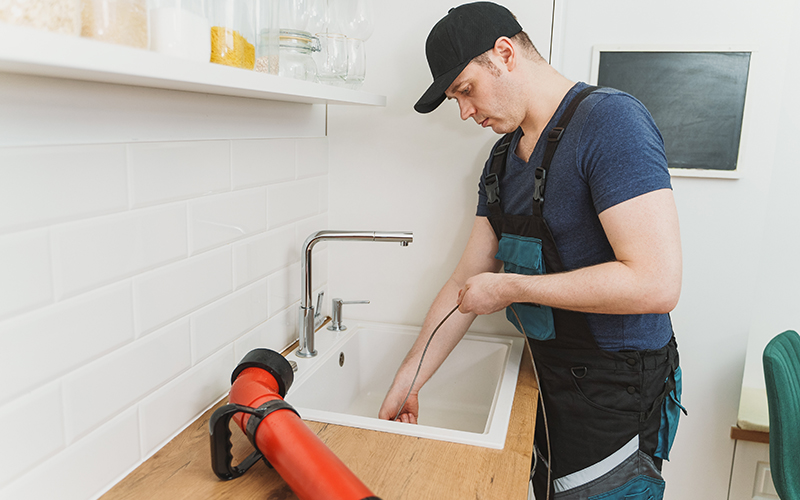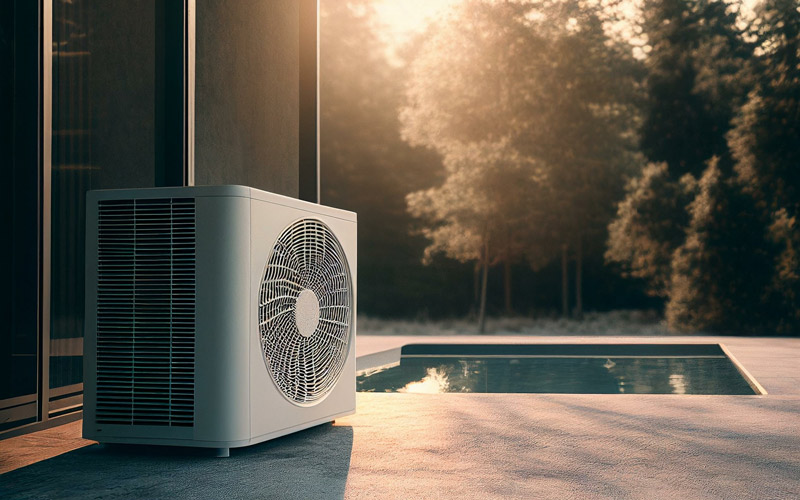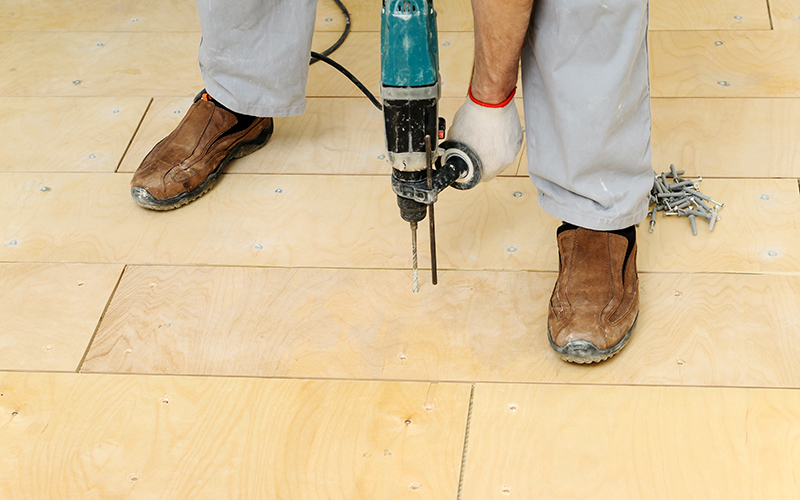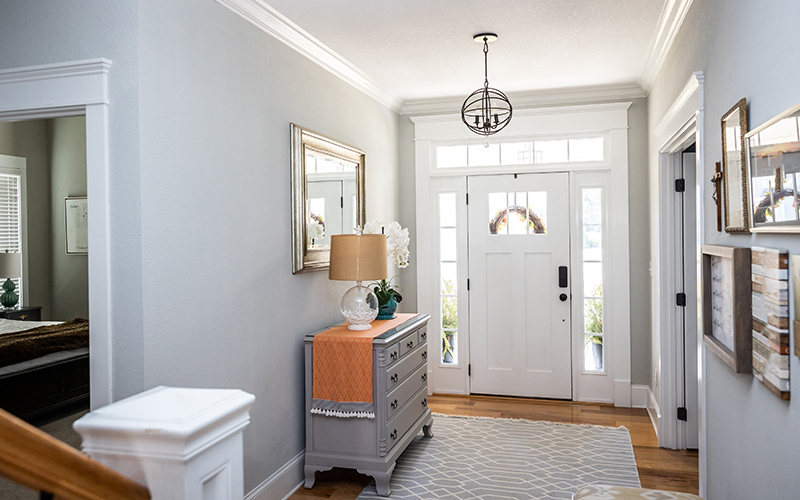Nobody wants to deal with a clogged bathroom sink. It’s when you wake up or come home from a busy day at work, and the first thing you tell yourself is how annoying it is to see that “my bathroom sink is clogged.” Indeed, it’s always a frustrating, inconvenient, and messy experience. But the reality is that it’s one of the most common plumbing problems homeowners face today.
Common Causes of a Clogged Bathroom Sink
Some elements which usually cause problems in a bathroom are soap scum, hair, debris, and toothpaste. The accumulation of these components will eventually clog the bathroom sink, especially if you don’t regularly clean your sink’s pipes.
If you have no idea where to start in addressing this issue, you’re in the right place. Today, you’ll learn the dos and don’ts of how to fix a clogged bathroom sink.
Believe it or not, it’s not that complicated as long as you know the right steps to take to fix it immediately. Let’s start with what you need to do and should not do when fixing a slow-draining or clogged-up bathroom sink.
Do’s
-
Use the Trusty Plunger
When a person sees a bathroom sink draining slowly but not clogged, everyone instantly looks for a trusty plunger. Although it’s simple at first glance, it’s an effective tool to dislodge clogs and allows the water to flow again freely.
A plunger comes in several variations with specific uses. Such types include – the flange plunger, taze plunger, accordion plunger, power plunger, and cup plunger.
Among these, the most often utilized and present in many households is the cup or sink plunger, which works best on flat surfaces.
Use a cup or sink plunger to fix your clogged bathroom sink. Enough water must fill the sink and reach the plunger’s cup. It must be positioned over the drain and vigorously plunged up and down several times.
Repeat the process when necessary until the clog’s fully dislodged and the water drains smoothly again.
-
Clean Up the Sink Stopper
When thinking about how to clear a clogged bathroom sink, it’s good to consider all areas in the bathroom, including the sink stopper. It’s the area where all the elements usually gather.
Removing the stopper is easy, and you can locate it by following the rod connected to the plug as the sink’s lever. Once you find the rod, unscrew the nut which holds the sink stopper in place and pull it out. Using a non-toxic cleaning solution and brush, clean up the plug and the surrounding area.
When you’ve cleaned up the sink stopper, run the water to see if the blockage has cleared.
-
Use a Drain Auger or the “Snake”
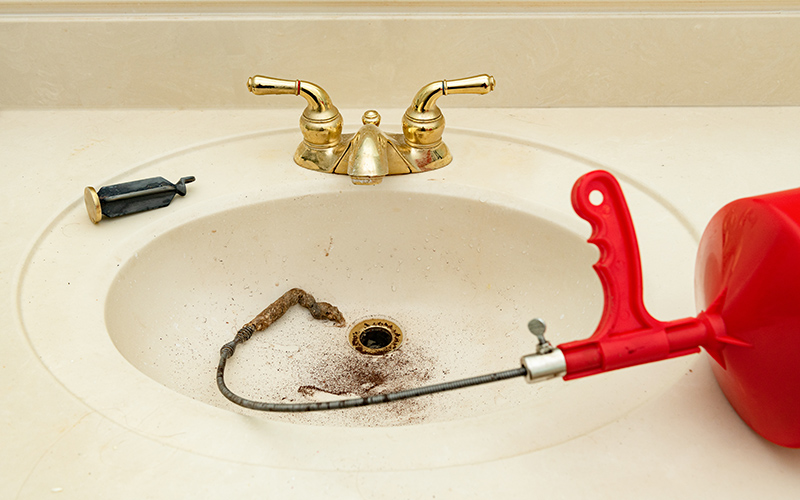
Hair clumps are most present in all bathrooms. When you see these and notice the water drains slower, did you ever ask yourself how to unclog a bathroom sink clogged with hair?
In such situations, you must look for the “snake.” It’s an excellent tool for fixing drains with hair issues.
It’s also called a drain auger, and it assists you in moving through the pipes and cleaning up debris and dirt. The snake is flexible, thus giving you the chance to insert and wind it inside the drain until you feel resistance.
Don’t stop twisting the drain auger, and continue pushing and winding until the clog breaks up.
-
Use Vinegar and Baking Soda
Another way to resolve these issues is by trying home remedies for a clogged bathroom sink. Two favorite remedies homeowners use are vinegar and baking soda. These are efficient natural cleaning agents and can dissolve and eliminate clogs.
To use them, first, pour one cup of baking soda down the drain and follow up with one cup of vinegar.
Resist all temptations of adding vinegar or baking soda in the gutter or letting any water rush in. Let the mixture sit for 10 to 15 minutes before flushing it with hot water.
A quick and essential note is that vinegar and baking soda are primarily effective only on minor clog troubles.
Don’ts
-
Pouring Down Hot Water Into the Drain
Yes, it’s a widespread belief you’d often hear. Although it can occasionally be effective, it can also harm PVC or other plastic-coated pipes. The pipes may melt or warp due to the intense heat, requiring expensive repairs.
You can end up spending more due to the damages! As much as you’d want to give it a shot, it’s wiser to not pour hot or even boiling water into the drain because it isn’t the best action.
-
Using Toxic Chemical Drain Cleaners
Advertisements are great methods to convey and promote products or services that work well. In this case, when your bathroom sink is clogged, it has become a habit for homeowners to purchase chemical drain cleaners immediately.
Using chemical drain cleaners may be a quick fix, but they can harm your health. The harsh chemicals in these products can also deform your pipelines and leave lasting damage.
Additionally, chemical compounds can seriously injure you if they come in contact with the skin or eyes. In fact, it won’t only harm your health and your family’s; it’s harmful to the environment as well. Instead, choose natural remedies like vinegar and baking soda.
-
Using a Coat’s Hanger or Wire Hanger
How to clear a clogged bathroom sink? Using a coat’s hanger or wire hanger may seem like a good idea. However, it can be risky as using these items may lead to more problems than fixing the issue.
The wire hanger may not reach the blockage, causing the clog, and as you try to push it further to “flush” the clog, the blockage can worsen and get stuck even more into the drainpipe. In addition to that, the wire hanger will scratch the sink and leave marks.
-
Pouring Grease Into the Drain
Oil and grease might be essential in every home. Yet, it is not recommended to go down the drain. It can cause issues with your drain pipes, particularly when these are not disposed of properly.
Hot or warm grease does appear liquid and quickly goes down the drain. Nonetheless, it will still thicken and encourage further blockage as hair and other debris get stuck to the solidified grease.
Refraining from pouring the grease down the drain helps prevent the bathroom sink from becoming a clogged dilemma. Instead, collect the grease and properly dispose of it in the trash.
-
Ignoring the Plumbing Problem
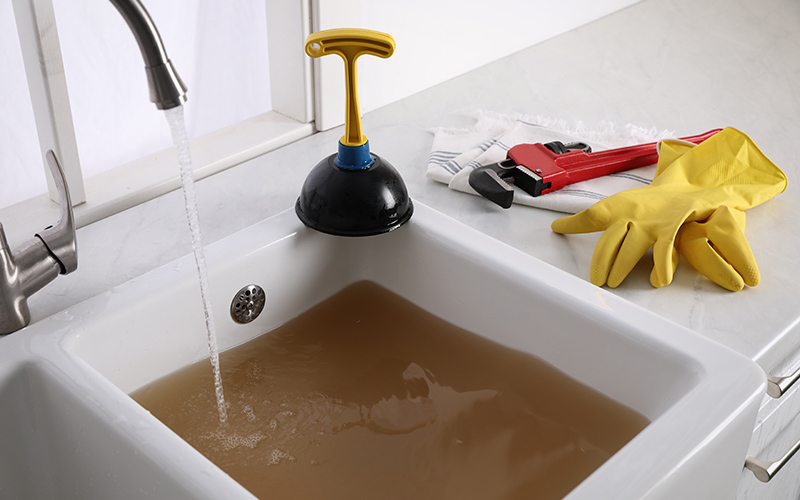
People would always say prevention is better than cure, which applies to practically everything today. In a regular day scenario, it can apply when you notice that the bathroom sink drains slowly but is not clogged.
When the water drains slower than usual, it indicates blockages in the pipes. Ignoring this sign will lead to issues like mold growth in plumbing and water damage.
Prevent the situation from escalating further and address it as soon as possible. If you have tried the simple methods of unclogging a bathroom sink, but they still didn’t work, never hesitate to call a highly-skilled and professional plumber.
The reasons behind a clogged bathroom sink differ. Thus, in such different situations, you need to apply distinct methods. This video will help you learn how to unclog your bathroom sink.
Keep Your Pipes Well-Maintained and Your Bathroom Clog-Free!
How to clear a clogged bathroom sink? It may initially seem complicated, but unclogging a bathroom sink is doable. You can efficiently fix a clogged bathroom sink by following the dos and don’ts listed above. Make it a point to avoid harmful practices at all costs.
The idea of a clogged bathroom sink is undoubtedly daunting, but with these suggestions, you are prepared to deal with the issue. Nonetheless, the experts are always glad to help you if the task becomes too much for you.
You Can Also Read These:
- How To Use a Paint Sprayer: A Step-By-Step Guide
- Blinds VS Curtains: Which One Is Best For Your Home?
- How To Do DIY Plywood Flooring

